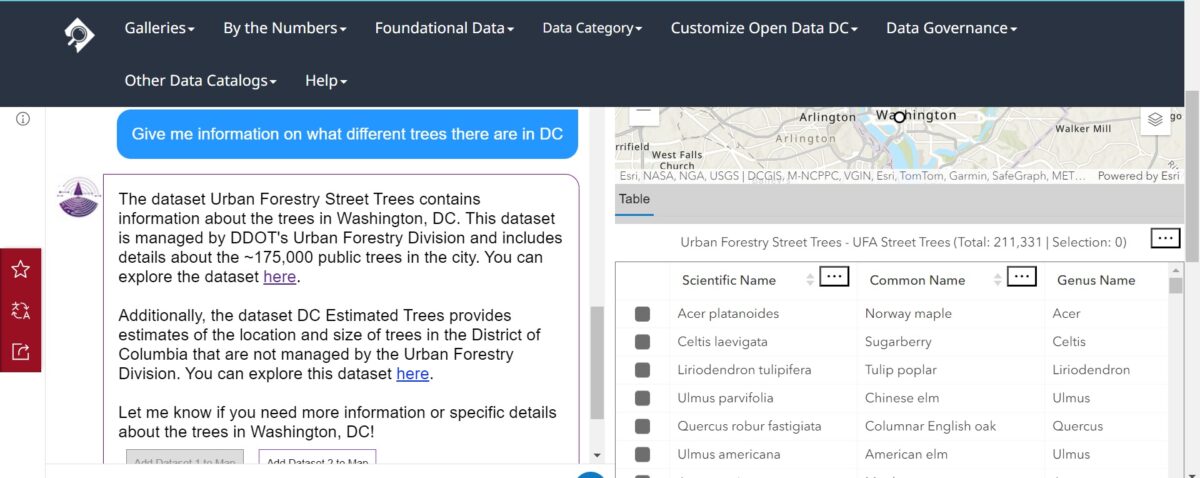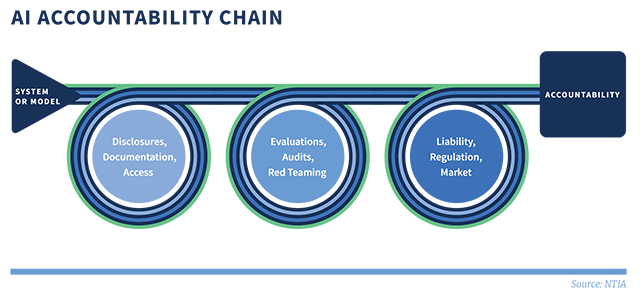Essay by Jacob Harold: “Institutions are patterns of relationship. They form essential threads of our social contract. But those threads are fraying. In the United States, individuals’ trust in major institutions has declined 22 percentage points since 1979.
Institutions face a range of profound challenges. A long-overdue reckoning with the history of racial injustice has highlighted how many institutions reflect patterns of inequity. Technology platforms have supercharged access to information but also reinforced bubbles of interpretation. Anti-elite sentiment has evolved into anti-institutional rebellion.
These forces are affecting institutions of all kinds—from disciplines like journalism to traditions like the nuclear family. This essay focuses on a particular type of institution: organizations. The decline in trust in organizations has practical implications: trust is essential to the day-to-day work of an organization—whether an elite university, a traffic court, or a corner store. The stakes for society are hard to overstate. Organizations “organize” much of our society, culture, and economy.
This essay is meant to offer background for ongoing conversations about the crisis in institutional trust. It does not claim to offer a solution; instead, it lays out the parts of the problem as a step toward shared solutions.
It is not possible to isolate the question of institutional trust from other trends. The institutional trust crisis is intertwined with broader issues of polarization, gridlock, fragility, and social malaise. Figure 1 maps out eight adjacent issues. Some of these may be seen as drivers of the institutional trust crisis, others as consequences of it. Most are both.

This essay considers trust as a form of information. It is data about the external perceptions of institutions. Declining trust can thus be seen as society teaching itself. Viewing a decline in trust as information reframes the challenge. Sometimes, institutions may “deserve” some of the mistrust that has been granted to them. In those cases, the information can serve as a direct corrective…(More)”.


